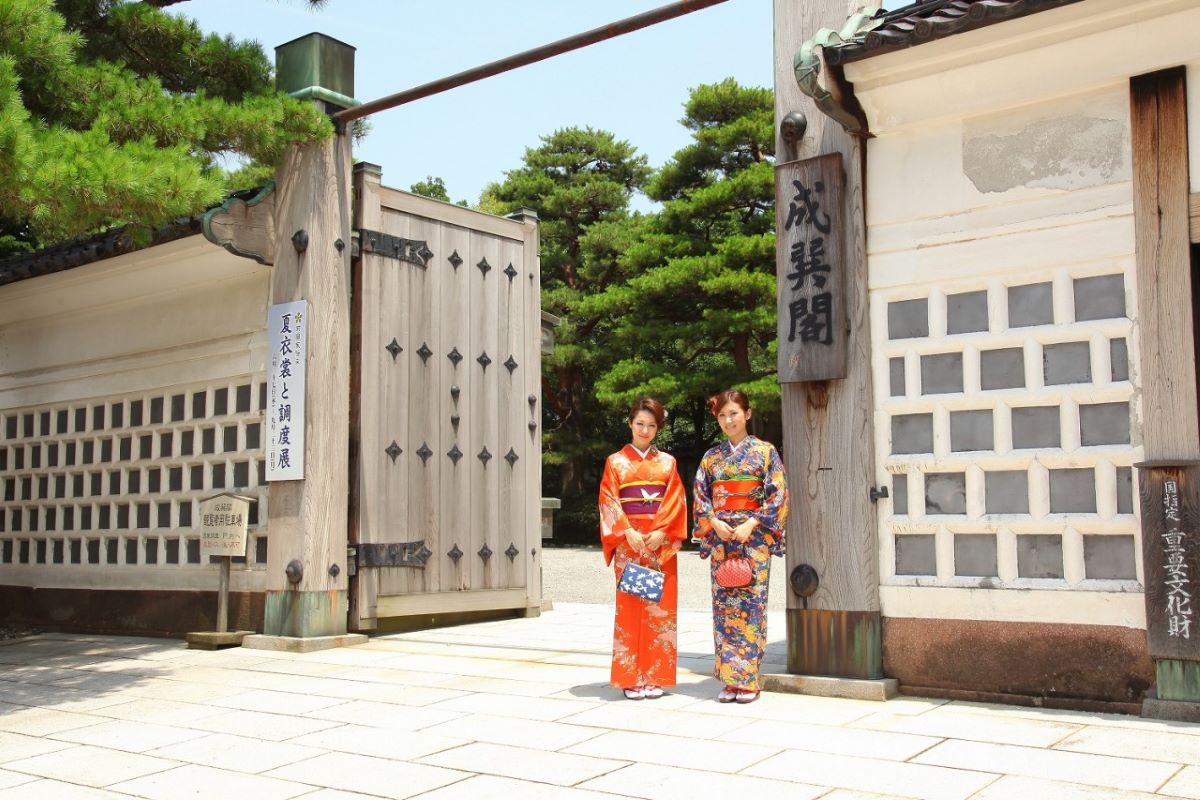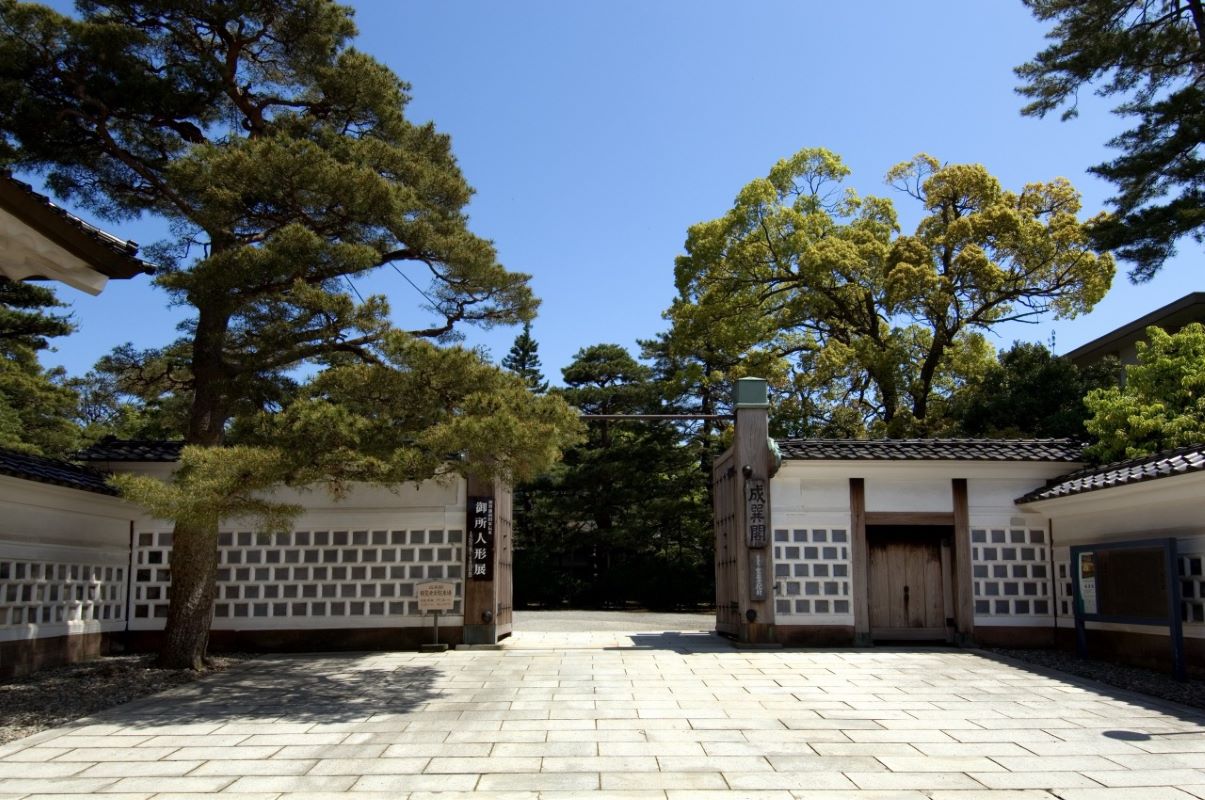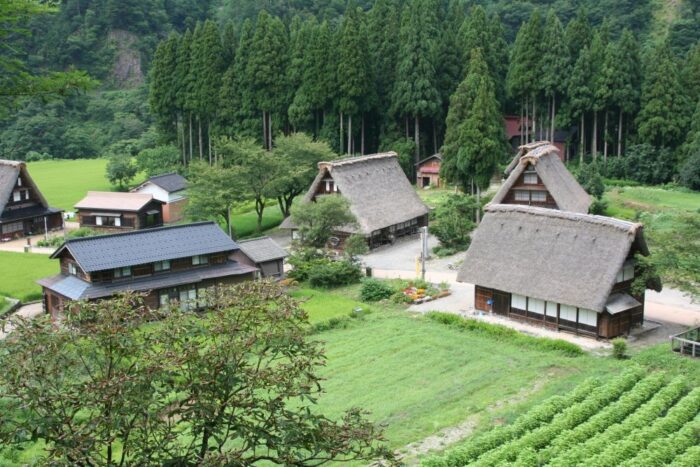Kanazawa’s Seisonkaku Villa is a stunning samurai villa Built in the last years of the Edo Period. The villa was commissioned by a Maeda lord for his mother and is considered one of the most elegant remaining samurai villas in Japan.

The villa is replete with Edo Period arts and crafts that were commissioned by the Maeda family, and it is a must-visit for anyone interested in Japanese history and culture.
Visitors to Seisonkaku Villa will be struck by the villa’s understated elegance and the attention to detail in its design. The villa is a large structure with a number of expansive tatami rooms on two floors, and it features a beautiful garden that was designed in the traditional Japanese style.

The villa is open to the public, and visitors can explore the various rooms and exhibits to learn more about the history of the Maeda family and the villa’s significance in Japanese culture.
History

The Villa was built in 1863 by Maeda Nariyasu, the 13th daimyo of the Kaga clan, as a retirement home for his mother, Shinryu-in. It was designed by a renowned architect named Nakamura Nariyasu, who was also responsible for the design of other famous buildings in Kanazawa.
Construction
The construction of the Seisonkaku Villa took three years to complete, from 1860 to 1863. The villa was built using traditional Japanese construction methods and materials, such as wood, paper, and clay. The villa has a total of two floors, with a total floor space of 1,000 square meters.
Design Features
It is known for its unique design features, which combine elements of traditional Japanese architecture with Western-style design. The villa features a large central hall with a high ceiling, which is surrounded by a series of smaller rooms. The rooms are connected by a series of sliding doors, which can be opened or closed to create different configurations of space. The villa also features a number of Western-style features, such as a fireplace and a chandelier.
The villa’s interior is decorated with a variety of art and furnishings, including paintings, calligraphy, and ceramics. The villa’s garden is also a highlight, featuring a pond, a waterfall, and a variety of plants and trees.
Tour
Visitors to Seisonkaku Villa will be treated to a fascinating glimpse into the world of the powerful Maeda clan, who ruled over the Kaga Domain during the Edo period. The villa was built in 1863 as a retreat for the wife of the 13th lord of the domain, and its name means “a place to enjoy a thousand ages.”
Exterior
The villa’s exterior is a beautiful example of traditional Japanese architecture, with a mix of styles including shoin, sukiya, and tea-ceremony architecture. The building is surrounded by a lovely garden, which was designed to be viewed from the villa’s many windows and verandas. Visitors can take a leisurely stroll around the garden and admire its carefully manicured trees, shrubs, and ponds.
Interior
Inside the villa, visitors will find a treasure trove of art and artifacts that offer insight into the lives of the Maeda clan. The villa’s many rooms are decorated with beautiful paintings, calligraphy, and ceramics, many of which were created by members of the Maeda family. Visitors can explore the villa’s many rooms, including the shoin-style reception room, which features a stunning painted ceiling, and the tea ceremony room, which is decorated with intricate wood carvings.
One of the villa’s most interesting features is the “secret room,” a small room hidden behind a sliding panel in the reception room. The room was used by the Maeda family to discuss important matters in private, and features a hidden staircase leading to an underground chamber.
Visitor Information

Hours of Operation
Seisonkaku Villa is open from 9:00 AM to 5:00 PM, with the last entry at 4:30 PM. The villa is closed on Wednesdays, and if Wednesday is a national holiday, it is closed on Thursdays instead. Additionally, the villa is closed from December 29 to January 2.
Admission Fees
The admission fee for Seisonkaku Villa is 700 yen per person, but during special exhibitions, the fee increases to 1000 yen per person.
Access
Seisonkaku Villa is located in Kenrokuen Garden, which is easily accessible by public transportation. Visitors can take the Kanazawa Loop Bus and get off at the Kenrokuen-shita bus stop. Alternatively, visitors can take the Hokuriku Railroad and get off at the Kanazawa Station. From there, visitors can take a bus or taxi to Kenrokuen Garden.
Once in Kenrokuen Garden, visitors can access Seisonkaku Villa by entering through the garden’s main entrance and walking to the opposite side. The villa is located directly adjacent to the garden’s main entrance.




